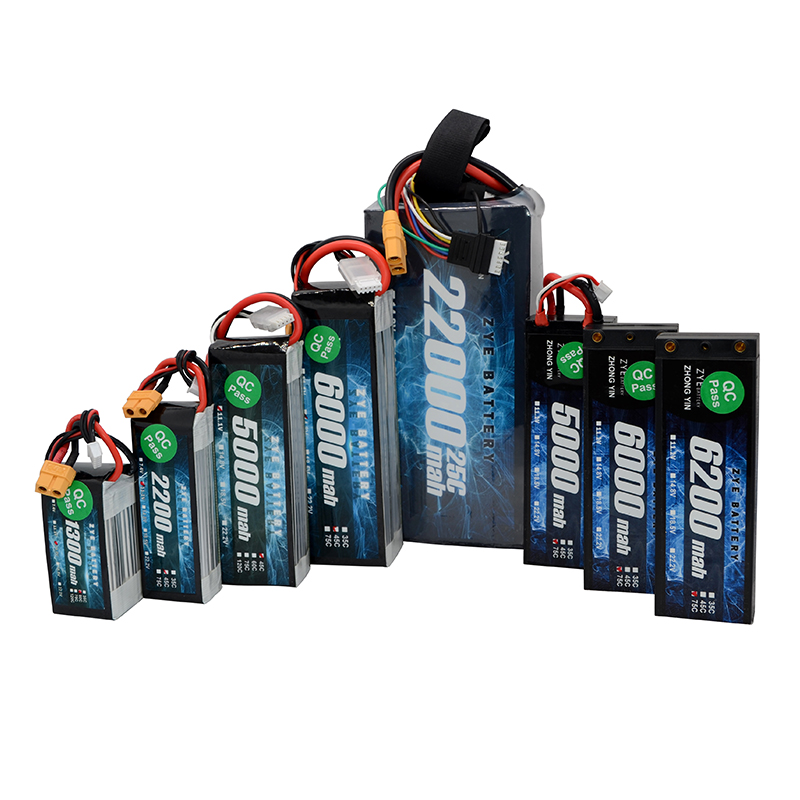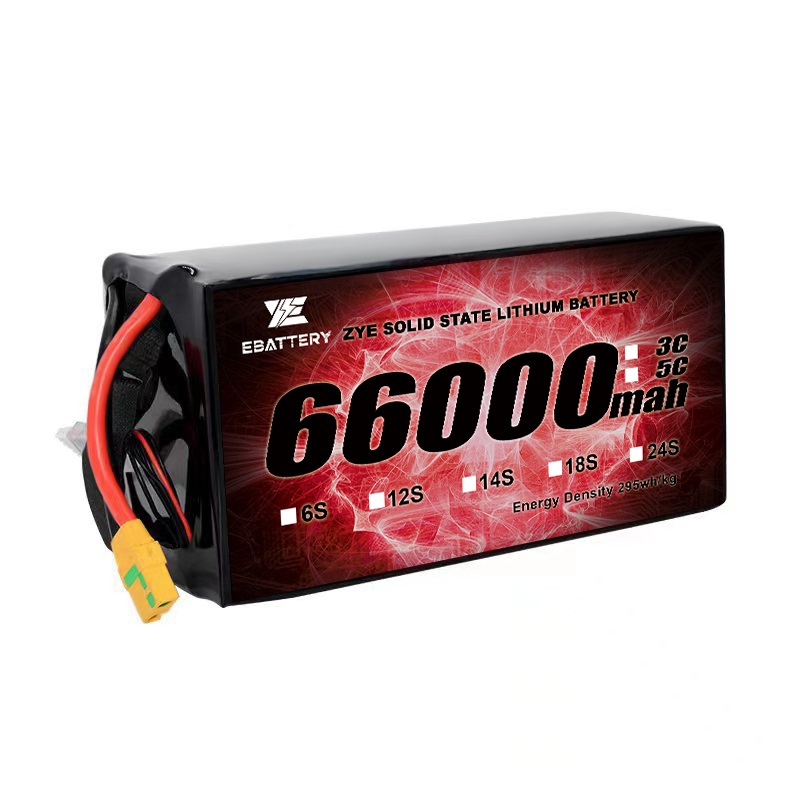Step-by-step guide to fixing LiPo battery connection breaks
2025-09-01
LiPo (Lithium Polymer) batteries are the power source of choice for drones, RC cars, robotics, and portable electronics—thanks to their high energy density and lightweight design. However, their connections (wires and connectors) are prone to breakage from frequent use, accidental tugs, or wear over time.
This guide walks you through identifying connection issues, safely repairing them, and verifying the fix to ensure long-term reliability.
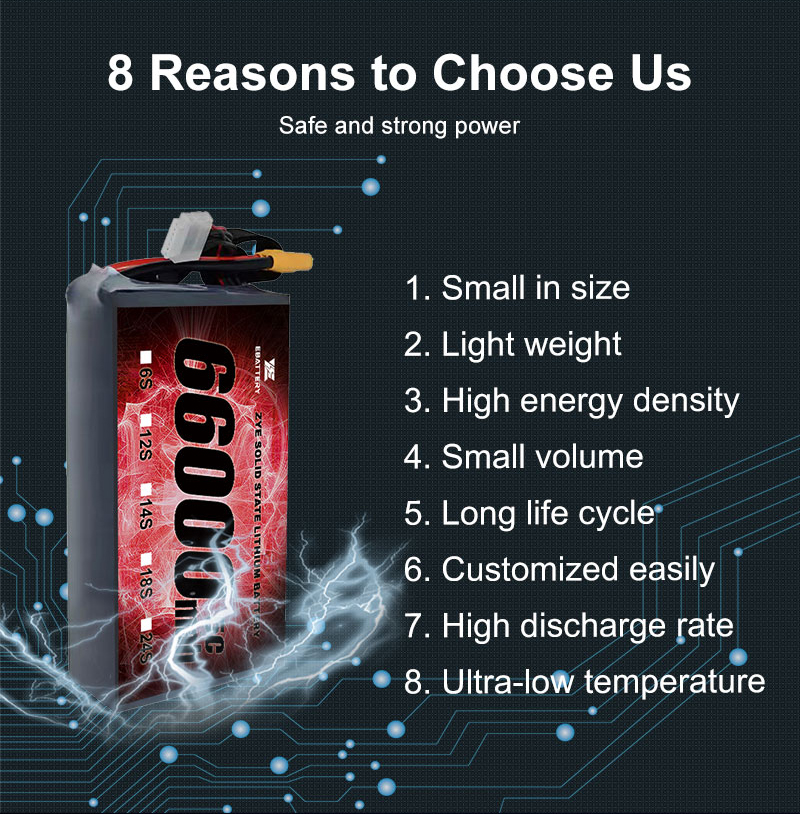
Understand LiPo Connection Basics & Safety Risks
Before picking up a soldering iron, it’s critical to know what you’re dealing with and what can go wrong.
Common LiPo Connection Break Points
1.Power wires: The thick, colored wires (usually red for positive/+ and black for negative/-) that run from the battery’s cell pack to the main connector. These break from repeated bending, pulling, or overheating.
2.Connectors: The plastic or metal plugs that attach to your device. Breakage here often involves bent pins, cracked plastic housings, or loose wire solders inside the connector.
3.Balance lead: The thin, multi-wire cable (with a small JST-XH or similar connector) used for cell-level charging. While less common, its tiny wires can snap if pulled too hard.
LiPo batteries store large amounts of energy in a fragile casing. A mishandled connection repair can cause:
Short circuits: If positive and negative wires touch, the battery can overheat, swell, or catch fire in seconds.
Cell damage: Puncturing or bending the battery’s cell pack (even slightly) can rupture internal layers, leading to gas buildup or thermal runaway.
Toxic exposure: Damaged LiPo cells leak corrosive electrolytes that irritate skin and eyes.
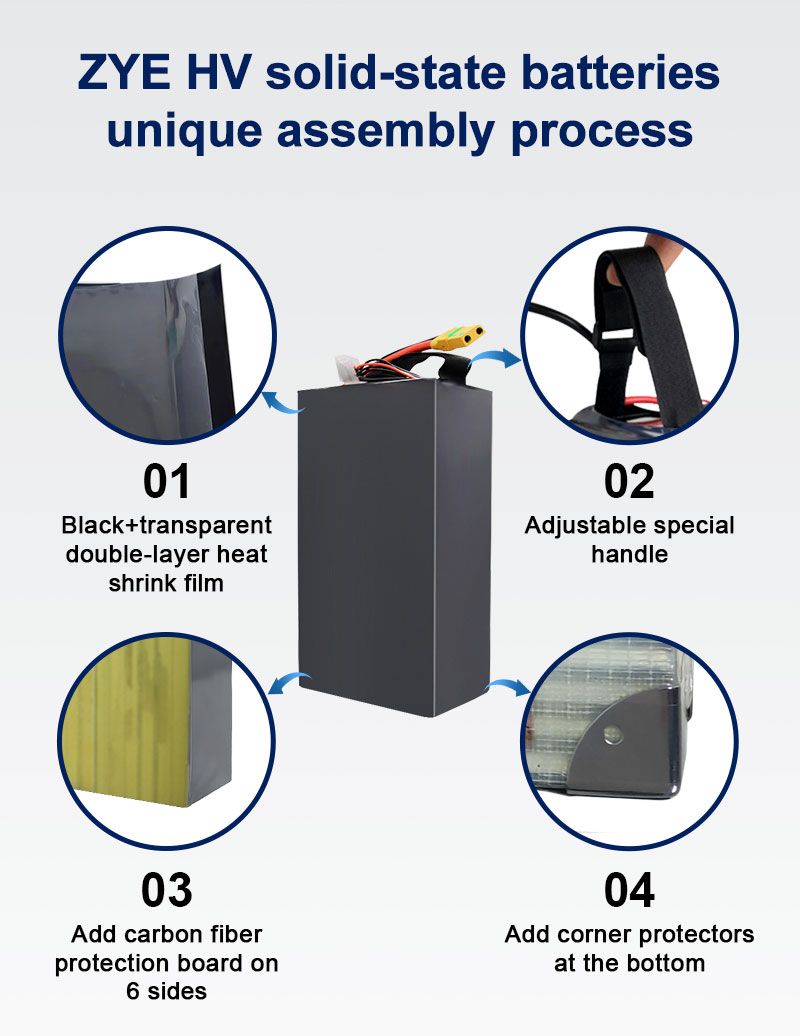
Damaged Connector
If the connector’s plastic is cracked, pins are bent, or the wire has come loose inside the connector, replace the entire connector.
What You’ll Need:
Replacement connector (same type and gender as the original—e.g., male XT60 if the battery has a male XT60).
Heat shrink tubing (2 small pieces).
Soldering iron, solder, wire strippers, wire cutters.
Broken Balance Lead
The balance lead has small wires (usually 22AWG–24AWG) that connect to each cell in the battery. Fixing it requires precision—mistakes here can ruin the battery’s ability to charge safely.
What You’ll Need:
Replacement balance lead (same length and connector type as the original—e.g., JST-XH 3S for a 3-cell battery).
Small soldering iron (25W–30W, to avoid melting the tiny wires).
Thin solder (0.5mm–0.8mm diameter).
Wire strippers (with a setting for 22AWG–24AWG wires).
Small heat shrink tubing.
Post-Repair: Test the Battery & Prevent Future Breaks
Test for Continuity
1.Set your multimeter to the "continuity" setting (usually marked with a sound wave icon).
2.For power wires: Touch one probe to the battery’s positive connector pin and the other to the end of the red wire (near the cell pack). If the multimeter beeps, there’s continuity (good). Repeat for the black wire and negative pin.
3.For balance lead: Touch one probe to a pin on the balance connector and the other to the corresponding wire’s end (near the cell pack). Beep = good.
4.If there’s no beep, check the soldered joints—they may be cold (not fully melted) or loose. Re-solder if needed.
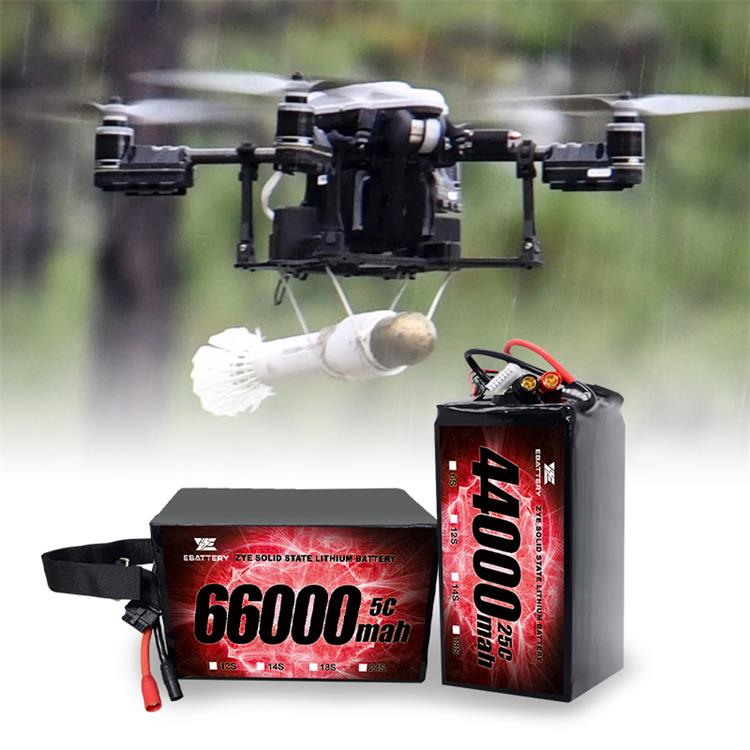
Final Thought:
If you notice any of these issues during repair, discard the battery.
The battery’s cell pack is swollen, punctured, or leaking electrolyte.
A balance lead wire is broken inside the cell pack.
The battery won’t hold a charge after repair, or the charger shows cell voltage imbalances
Repairing a LiPo connection break is simple with the right tools and safety habits—just take your time, double-check polarities, and never rush soldering. With proper care, your repaired battery will work like new for months to come.
Whether you’re powering a hobby project or an industrial device, following this guide will help you get the most out of your HV LiPo batteries while keeping safety a top priority. If you have questions about specific battery models or chargers, feel free to reach out to our team: coco@zyepower.com—we’re here to help!























































